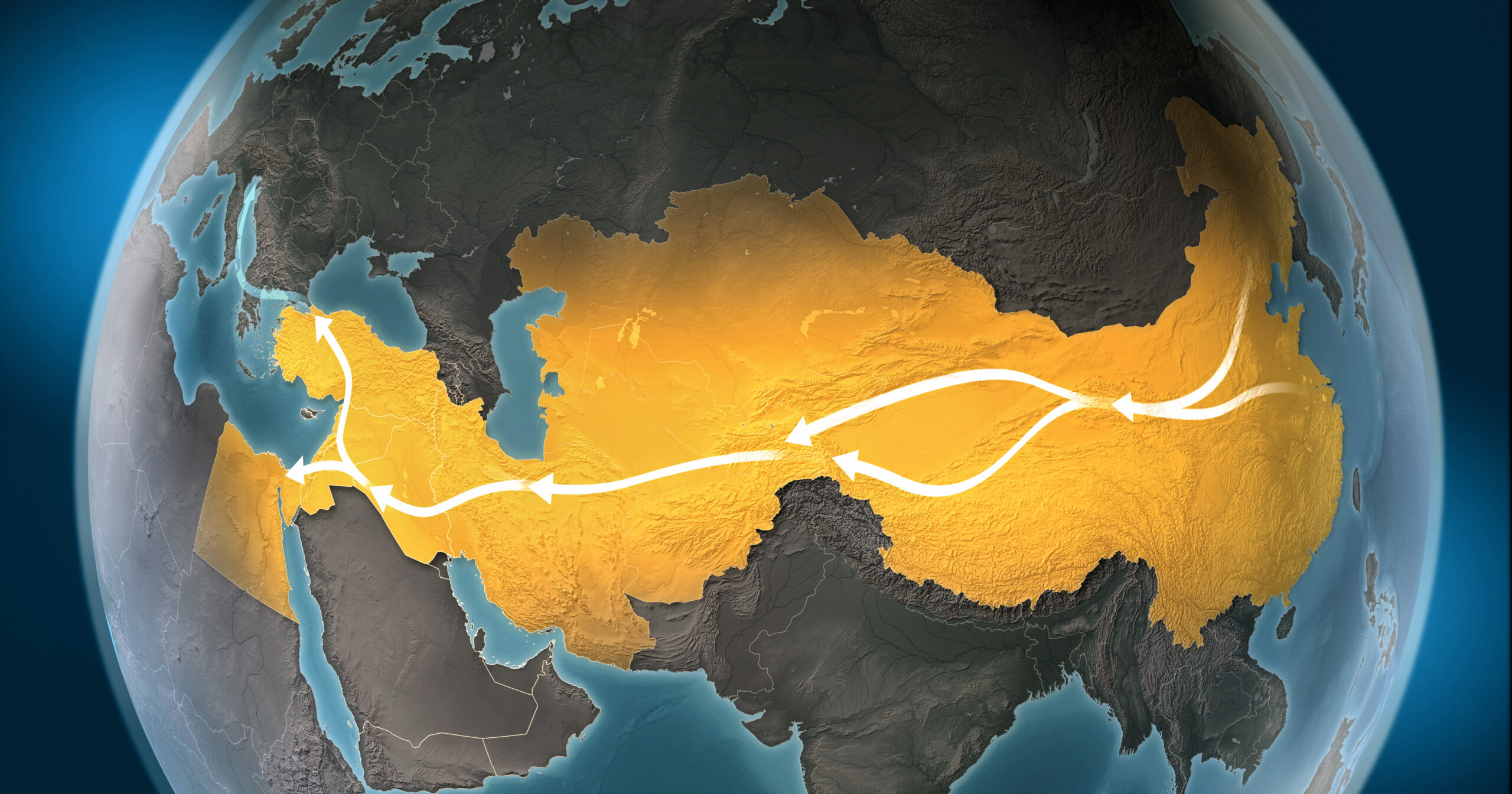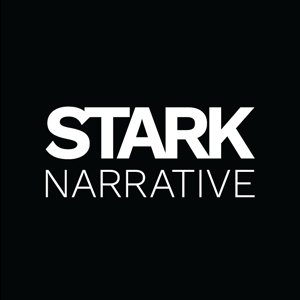A new blog series, examining the differences in how people communicate across the globe.
China has steadily gained geo-economic prominence over the past decade, and at the beginning of 2021 it revealed that it was taking a leap ahead of its peers in the G20. The Chinese government stated that, unlike any other country in the world, it avoided recession in 2020 with a growth of 2.3%. “The performance was better than we had expected,” said Ning Jizhe, a spokesman for China’s National Bureau of Statistics, at a press conference in Beijing. Some experts now predict that China will overtake the United States for the world’s largest economy at a faster pace than previously anticipated.
In a separate development, Europe and China reached an agreement on investment in December of last year. According to the European Commission, principle negotiations were concluded, and “China agreed to a greater level of market access for EU investors than ever before…China is making commitments to ensure fair treatment for EU companies so they can compete on a better level playing field in China.”
All things considered, I thought it would be prime time to speak with Xiaoya (Lyr) Deng, a Chinese native who has been living in Europe for over six years. She works with China Business Center Europe (CBCE) in The Hague, a network-based cross-border business developer. It guides European entrepreneurs on their business expansion into China, and vice versa, helps Chinese enterprises enter the European market. Essentially, CBCE builds out positioning and entry strategies into new markets; an integral part of this process is the facilitation of smooth communication.
As an increasing number of Europeans are hoping to engage more with China – be it in the context of investment, international relations, culture, politics or out of pure curiosity – it is necessary to understand the differences between eastern and western communication norms.
What are the most distinct differences between the way Chinese communicate and Europeans communicate?
“Being direct and indirect. Most Chinese people are not like me,” Lyr says laughing. “It is common for Chinese not to tell you what they actually think, because they think it’s not very polite, especially when they have negative opinions.” Direct communication is common in Western cultures, which have the proclivity of being individualistic, egalitarian, and analytical. Indirect communication is typical for Eastern cultures which tend to be collective, and hierarchical – which brings Lyr to her next point.
“Hierarchy is massively important. You can tell immediately if you have a meeting with a Chinese company, you will see that everyone is waiting for the boss to come into the meeting room. The most important people need to be present before anything can be discussed,” Lyr explains. “Considering where to sit is very important for entrepreneurs who are active in China,” says Lyr. These gestures reinforce the importance of the hierarchical chain of command, “you must be very selective about who is seated next to the head of the company. It has to be the hierarchical equal.” Similarly, Europeans must remember that other lines of communication are, of course, also considered from a hierarchical importance. Indirect communicators dislike direct confrontation or critique. Taking responsibility for resolving problems is the social obligation of a higher-status party in hierarchical cultures.
This is in great contrast to what is experienced in the Netherlands, where people are considered perhaps more direct than their European neighbours. There is no beating around the proverbial bush. Corporate culture emphasizes equality amongst peers and fosters a feeling of cohesion – even if it is, to some extent, artificial. Many companies have worked hard to give their employees the impression that their hierarchical structure is being laid flat.
What about channels of communication? What should European not overlook?
“Chinese prefer to communicate via WeChat, instead of email. My personal experience is that even with lengthy information, such as specs on a project for potential partners, Chinese are much more open to receiving it in a condensed form (like a pitch) via WeChat. Just make your messaging as efficient as possible.” WeChat (or Weixin in Chinese) has become so widely used in China, that Lyr believes it is now more common to make a voice or video call using WeChat than with a normal telephone connection. The platform had around 1.2 billion monthly active users worldwide in the first quarter of 2020 and it is estimated that WeChat users send more than 45 billion messages per day. “Explore the option of gaining access to a WeChat group, because if you can find the right audience, it will be easier to convey your message.”
What advice would you give a European who was seated next to a Chinese person at a business function?
“Drink some beer or wine together. In Chinese culture they say, you drink first and then you talk about business. So if you can drink a lot, they think that you are sincere. And then you ask your Chinese counterpart to connect on WeChat. This is like your business card nowadays, so make sure you already have a WeChat account before you meet a Chinese businessperson or ask him or her to assist you to install one immediately.”
What are the best resources available for Europeans who want to learn more about Chinese society and culture?
Lyr has provided the following suggestions, oriented primarily at those who are interested in doing business in China: KrAsia, Caixin, South China Morning Post, technode, and EqualOcean.
For start-ups and scale-ups, she recommends China Start, a program initiated by CKGSB, a top business school in China. And finally, for Dutch people who are interested in learning more about Chinese society and culture, the documentary series hosted by Ruben Terlou (eg. ‘De wereld van de Chinezen’) is also recommended.

Written by Elizabeth James-Tingen
